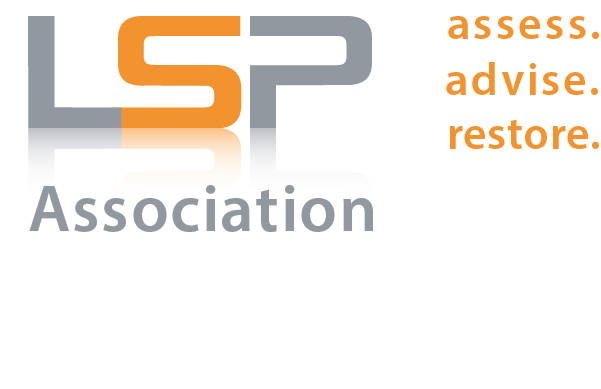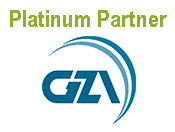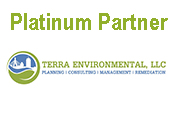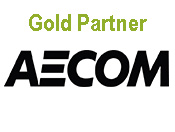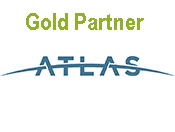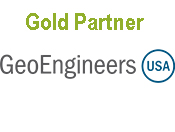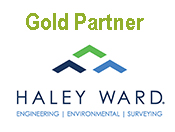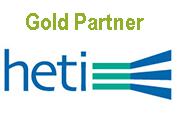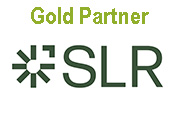The following LSPA compliance tip was presented at the December 2020 Membership Meeting, which was held virtually through the Zoom webinar platform, on December 15, 2020.
Click here to view all published compliance tips. This document is also posted in the Members Only section of the website under Technical Resources.
|
At MassDEP's Bureau of Waste Site Cleanup (BWSC) December 3, 2020 Office Hours meeting, Paul Locke, Assistant Commissioner, announced that MassDEP's Drinking Water Program is kicking off its private well sampling program for PFAS compounds. Linked here are pertinent materials with more details:
Interim Guidance on Sampling and Analysis for PFAS at Disposal Sites Regulated under the Massachusetts Contingency Plan (October 2020)
Check here to see recordings of Office Hours meetings.
|
Action Alert: Urge Your State Senator to Support LSPA's Home Heating Oil Insurance Bill
|
Now that the Legislature has completed work on the state's FY '21 budget, it will make one last push on passing legislation before the session ends on January 5, 2021.
The LSPA's bill S. 594, which would require insurance companies to provide first- and third-party coverage for home heating oil releases, is still under consideration in the Massachusetts Senate Committee on Ways and Means. We only have four weeks to get this bill a favorable report out of committee and approved by the full Senate before this session ends.
We are asking for one last push by our members who are Massachusetts residents. Please consider writing to your state senator to urge their support of the bill. The more requests from constituents, the more likely our bill will be a priority of the Senate. Check here to find your state senator.
If your state senator is a member the Senate Ways & Means Committee and/or a co-sponsor of the bill,
NOW is the time to get their attention. Attached here is a sample email you can send. All senators' email addresses are on their home page.
If your senator is not a committee member or a co-sponsor, you should still write to urge her/him to encourage the Senate Ways & Means Committee to issue a favorable report on the bill. Here is a sample email you can send. All senators' email addresses are on their home page.
If you have experience with a home heating oil release, especially one in which the homeowner did not have insurance or had a difficult time obtaining coverage, please consider sharing this experience in your letter. Real life examples are most compelling, especially if your client's property is in the district of one of these senators.
For more information about the bill, please read the LSPA's letter and fact sheet, as well as a supporting letter from five state environmental organizations.
Thank you for your support; we will keep LSPA members apprised.
LSPA Legislative Committee Co-Chairs
Spence Smith, LSP, Jacobs
Tim Clinton, LSP, Fuss & O'Neill
|
For his leadership, commitment to innovation, and many contributions over the past year, Steve is recognized with the LSPA's 2020 LSPA Member Award.
The following LSPA compliance tip was presented at the November 2020 Membership Meeting, which was held virtually through the Zoom webinar platform, on November 18, 2020.
Compliance Tip
Read More
|
On very short turnaround, the LSPA learned of and submitted comments to the MA Department of Labor Standards on their Draft Asbestos Regulation 454 CMR 28.00 regarding the removal, containment, maintenance, or encapsulation of asbestos. Our main concern related to ensuring that LSPs do not also have to be licensed Asbestos Project Designers in order to carry out their MCP work, including signing "Soil Characterization and Management Plans," and conducting "asbestos risk assessment and asbestos management planning." Read the LSPA's letter
here.
Many thanks to the LSPA's Regulations Committee for spearheading this effort!
|
LSPA Unveils October 2020 Compliance Tip
The following LSPA compliance tip was presented at the October 2020 Membership Meeting, which was held virtually through the Zoom webinar platform, on October 28, 2020.
If you have not earned all of the LSP credits needed for your license renewal, then you may apply to the LSP Board of Registration for a 90-day extension of your renewal date. To apply, you must have already earned at least 36 credits toward the required 48 total credits AND you must remit the license renewal processing fee. Use this form.
Read More
LSPA Presents Paul Locke, Assistant Commissioner, MassDEP with its Contribution to the Practice Award
Before an audience of over 200 people on a Zoom videoconference, the LSP Association (LSPA) honored (and surprised!) Paul Locke, Assistant Commissioner, Bureau of Waste Site Cleanup at the Massachusetts Department of Environmental Protection (MassDEP), with its Contribution to the Practice Award.
The LSPA presents this award to an individual or organization from the public, non-profit, or private sector for outstanding contributions to the practice and advancing the profession over the previous year.
Read More
- Large COM PWS (>50,000 population) - 1/1/2021
- Medium PWS (>10,000 & <=50,000 population) - 4/1/2021
- Small COM and NTNC PWS (<=10,000 population) - 10/1/2021
at https://eeaonline.eea.state.ma.us/DEP/Labcert/Labcert.aspx. (Search for Analyte = PFAS and Matrix = Potable (Drinking Water).) Until then, we recommend you use a laboratory from the list of MassDEP DWP approved labs, or use a lab certified by another state or certification authority for the analysis of PFAS; see the National Environmental Laboratory Accreditation Management System.
The following LSPA compliance tip was presented at the September 2020 Membership Meeting, which was held virtually through the Zoom webinar platform, on September 24, 2020.
The MCP requires that a sketch plan be attached as an exhibit to an AUL. Don’t be fooled by the informality of the term “sketch;” specific information must be included in the plan including:
Read More
LSPA Soliciting Your Comments on the State's Climate Resilience Design Standards and Guidelines Project
The LSPA's Climate Change (CC) Subcommittee of the Technical Practices Committee is, among other things, working to identify questions and issues that might be helpful to MassDEP as they develop guidance on proposed climate change regulations as presented in the 2019 Draft MCP Amendments.
The Subcommittee recently became aware of a public comment period on the Resilient MA Action Team's (RMAT's) Climate Resilience Design Standards and Guidelines Project. Click here for more information.
Read More
The LSP Association (LSPA) is proud to support the 36th Annual International Conference on Soils, Sediments, Water, and Energy (aka "The Soils Conference") as an event sponsor. The conference will be held virtually this year, which makes it easier than ever to attend. As part of this sponsorship, all LSPA members are eligible to register at the $195 discounted rate for full access to all offerings compared to the $395 full cost. Registration for the conference is now open! When registering, please remember to check "Presenters*, Sponsors/Supporters, and Academics" to receive the discount.
Please note: these rates are valid until September 28. After September 28, registration fees increase by $50. in order to receive this discount your LSPA membership must be paid in full. AEHS Foundation does verify LSPA memberships.
